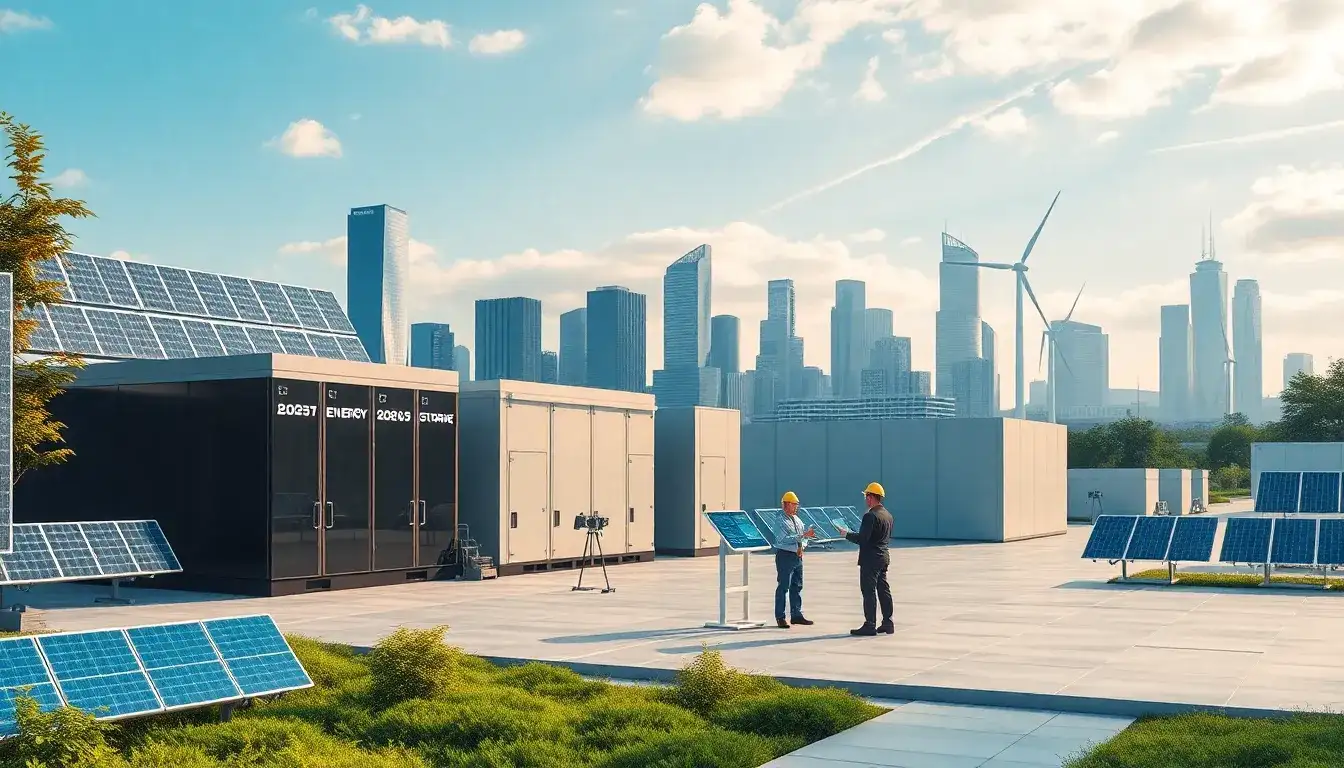
How to Build Commercial and Industrial Energy Storage by 2025?
As we enter 2025, the recent introduction of a new distributed photovoltaic management approach, along with the recent reforms in electricity pricing for renewable energy, heralds a significant transformation in the distributed energy market, impacting the user-side energy storage sector.
For users, distributed photovoltaic systems are now required to store and utilize energy during peak periods and participate in the spot market. Proactively integrating energy storage solutions has become an excellent choice for maximizing returns. However, various challenges still exist in areas such as project registration, grid connection, capacity allocation, and profit strategies that need to be addressed.
In the early stages of project development, the wide array of available energy storage devices can be overwhelming for many stakeholders. Selecting the right energy storage equipment involves comprehensive considerations, including battery technology, user load characteristics, transformer capacity and quantity, grid voltage levels, and technical parameters of the energy storage system, all of which influence operational effectiveness.
For instance, while lithium-ion batteries are a common choice, alternative technologies such as lead-carbon batteries, sodium-ion batteries, and flow batteries are also prevalent in commercial energy storage, allowing for tailored solutions based on different customer investments and needs. Current mainstream application scenarios include microgrid storage, distribution area storage, and integrated solar storage solutions, each with specific configuration requirements.
Taking microgrid storage as an example, it must coordinate with distributed energy sources to achieve self-sufficiency and allow for excess electricity to be fed back into the grid. Therefore, while configuring these systems, one must consider the generation characteristics of distributed energy and the electricity demand of users.
Recently popular scenarios, such as solar charging stations for electric vehicles, require careful consideration of the number and power of charging facilities, as well as the capacity of the grid infrastructure to accommodate them. Properly sizing the storage capacity is essential.
Importantly, energy storage projects must focus on long-term operational profitability and security. However, the returns and risk assurances currently available to end users are often theoretical. Only qualified, principled investors can navigate risks while ensuring profit-sharing for users. For instance, profit-sharing is not solely dependent on the contractual percentage; factors such as battery efficiency, failure rates, timely maintenance, and operational charge/discharge strategies directly affect project returns.
Risks associated with energy storage projects include ensuring the compatibility of battery selection, the quality of equipment integration, adherence to construction standards, and the professionalism of operational management, all of which are critical for the safe and stable operation of the project.
The commercial energy storage market continues to exhibit immense demand potential, and companies adept at selecting energy storage devices and understanding investment and operational risks will be pivotal in driving market growth.
As a licensed financial institution with years of experience in the energy storage sector, Huaxia Jinzu has established a project management philosophy focused on high-quality, controllable costs. This includes strict vendor management during equipment procurement, high standards during project construction, long-term maintenance during operations, and robust financial support, ensuring the safety and stability of energy storage stations.
In response to the increasingly diverse needs of various industries, Huaxia Jinzu adheres to a customer-centric assessment principle, avoiding a blind pursuit of short-term asset returns or size. Instead, the company aims to provide optimal cost-reduction solutions and maximize user profits while ensuring the overall safety of energy storage assets, thus building a strong market reputation and fostering a collaborative ecosystem free of concerns.
On April 16, 2025, Huaxia Financial Leasing Co., Ltd. will hold the “New Opportunities in Energy Storage: Building a Green Ecosystem Together” conference in Hangzhou. At this event, Huaxia Jinzu will unveil significant energy storage project collaboration plans, joining hands with peers in the industry to pursue the trillion-yuan commercial energy storage market.







